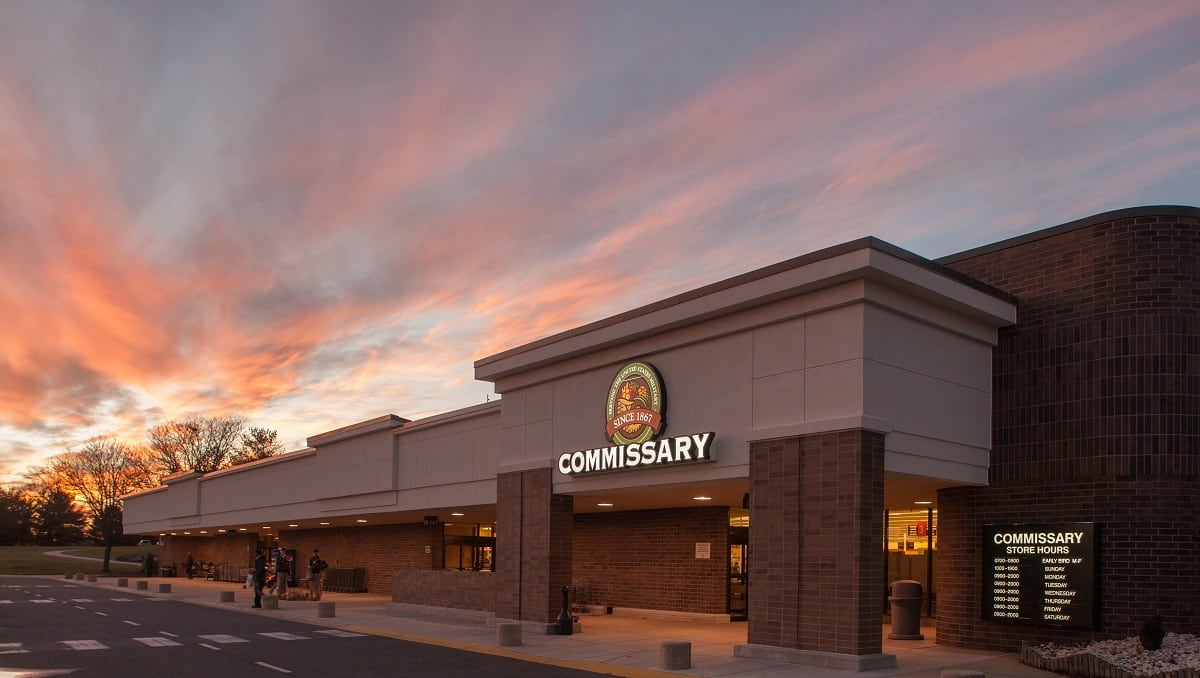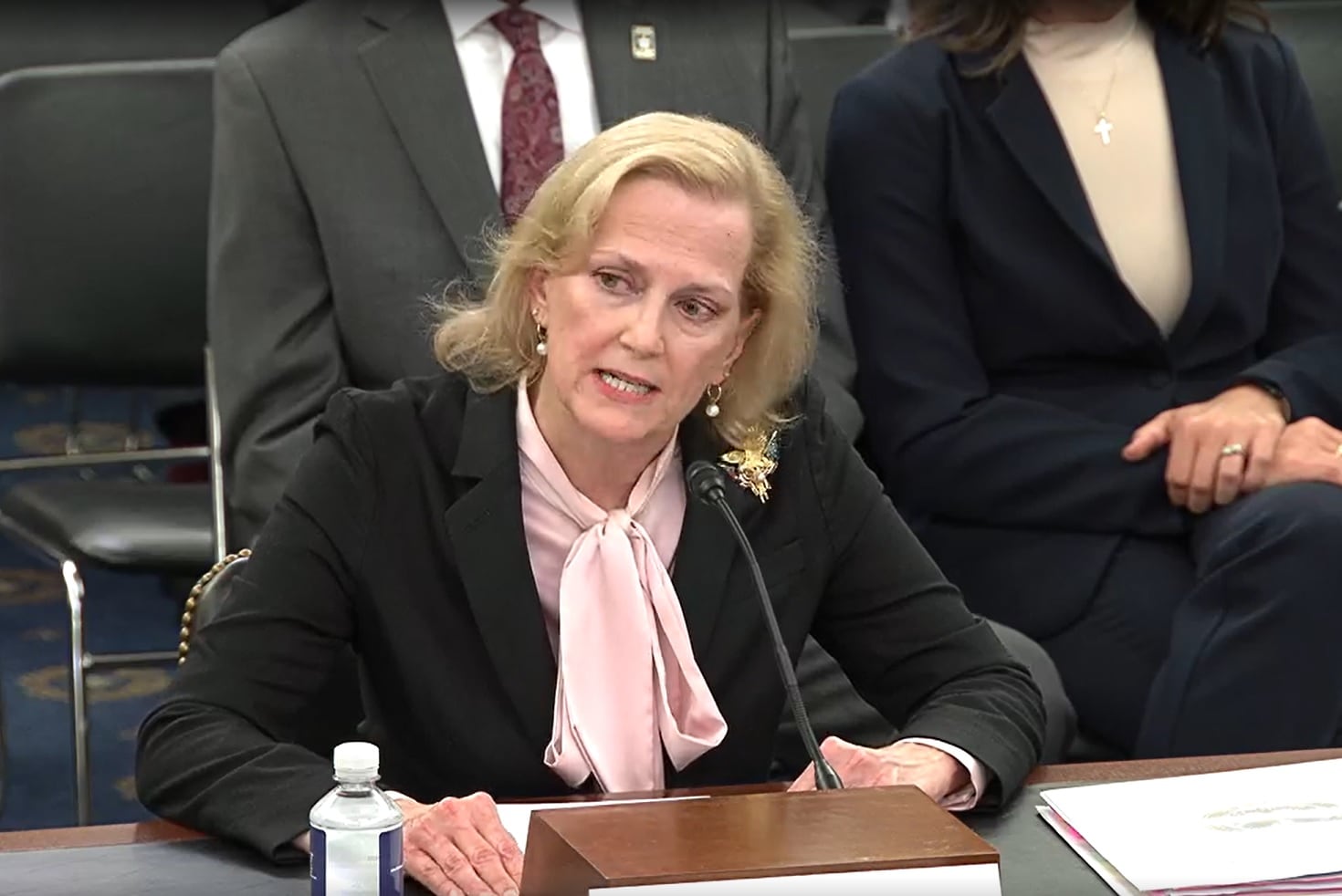On the afternoon of Aug. 5, Fire Controlman 1st Class (SW/AW) John Johnson was in Pittsburgh, Pennsylvania, 800 miles from his ship, to clean out a condo he owns there. Johnson had been a first class for nine years and was retiring at his high-year tenure mark.
Then his chief phoned to say his commanding officer was about to call him, which he took as a joke. It wasn't.
On his sixth and final try, Johnson had made chief.
That comes with an obligation to serve three morve years, but he isn't hesitating.
His chief relented and Johnson got to enjoy his time waiting for his commanding officer to give him the formal word. And though putting on chief comes with an obligation to serve three more years, Johnson isn't hesitating.
"If you get selected, then you should serve," Johnson told Navy Times. "It's just how I feel about it."
The end of September was going to be an anniversary for Chief Fire Controlman (select) (SW/AW) John Johnson, too — only his was going to be retirement from the Navy after 20 years service.
E-6's reach high-year tenure at 20 years and if they don't advance to chief, they retire and head home. And Johnson had been a first class since 2006. In that time, he'd been up for six times, but had only made board twice.
"Twice I transferred in the December and January time frame, so I lost study time those times," he said. And truth be told, when I was studying I wasn't doing it aggressively."
So, with nine years as a first class and a little over a month to go in the Navy, Johnson, a Philadelphia native, had resigned himself that chief's anchors might not b for him.
Still, in the back of his mind — it wasn't quite over yet. He felt he had a good shot at making chief this year — the only thing that could keep his Navy career going.
"I gave myself a 50/50 chance — I had decent evals, not great, but the write ups were good," he said. "And I've done the right things in my career, there was a chance."
But in the Navy, the train keeps rolling and with his time nearly up, he'd taken terminal leave from his command, the amphibious platform dock New York, home-ported in Mayport, Fla.
But he was nowhere near the ship on Aug. 5, when commands got the word on who made chief — Johnson was over 800-miles away in Pittsburg, Pennsylvania cleaning out a condo he owns there and rents out.
But in the Navy — everything can change on a dime — or in this case, a phone call Johnson got from his chief at 12:30.
"He can be a bit of a jokester," Johnson said. "He told me the CO wanted to talk to me and that he'd call me in about half an hour."
Not fair, Johnson said told him. He'd already heard from some friends on the ship who had already been told they were on the list — but no one knew Johnson's fate.
His chief relented and Johnson got to enjoy his time waiting for his commanding officer to give him the formal word. And though putting on chief comes with an obligation to serve three more years, Johnson isn't hesitating.
"If you get selected, then you should serve," he said. "It's just how I feel about it."
Johnson was one of the 4,062 active-duty sailors who got the word for which they had waited years, even careers: They will be joining the chief's mess. All in all, it was a great year to make chief, and that's expected to be the case for next year, too.
The number of chiefs selected was 7 percent higher than last year and the advancement rate for those eligible was 23.6 percent, well above historic norms.
And over the past three years, the chance to make chief has been good, something both sailors and Navy leadership are happy with.
"For the third year in a row, E-7 opportunity is above our 10-year average," Vice Adm. Bill Moran, the chief of naval personnel told Navy Times a day after the names were announced. "Our efforts to stabilize advancement across all ranks as well as improve community health continue to be productive — however, our work isn't complete."

Some 4,062 first-class petty officers have been selected to join the goat locker in fiscal 2016.
Photo Credit: Staff
Specifically, Moran is pleasedhappy with the overall chance to advance and considers anything above the 10-year average healthy advancement. In the meantime, personnel officials remain focused on evening out opportunities across the force. But what he remains focus on is "individual rating health--concentrating on over and undermanned rates" and bringing them in closer to the Navy-wide average as well.
Over the past 10-years, officials say, an average of 21.94 percent of active-duty first class petty officers have advanced to chief each fiscal year.
The good news: Advancement averages are average is expected to liftrise slightly over the next few years. Officials foreseesay similar high advancement rates in the next few years. advancement levels should come in the next few years, as long as the Navy stays in it's current steady state manpower picture.
This year's advancement rate dropped from its most recent high, of 26.7 percent two years ago, and was the second year that advancement rates dipped. However, this year was the second year in a row the opportunity dropped as this year's 23.64 percent for this cycle, just a .45 percentage point drop from the fiscal 2015 list's 24.09 percent chance. The most recent high was 26.66 percent in fiscal 2014. Officials say tell Navy Times it's not a downward trend as much as settling in at a new normal, after years of downsizing level.
This year's board looked at the records of 17,639 first class petty officers and manpower planners offered 4,170 quotas offered up by the chief of naval personnel's manpower planners. Of them, 108 quotas remain unfilledwhere handed back, to Moran's quotas planners as the board felt it didn't have qualified sailors to fill them or selections were held up for some reason.
It's official as 4,063 first class petty officers got the word Aug. 5 they'd be joining the Navy's collective chief's mess.
With the announcement of this year's selectees, the 2015 version of the annual "chief's season" kicks into high gear. The festivities — and required training — will will culminate with the Navy-wide pinning ceremonies Sept. 16. -- now the Navy's traditional pinning and frocking day for all new fiscal year
It's the achievement that many a sailor has waited for since the day they entered boot camp or at least once they got to there fleet and first met "the chief."
Now for these in just over a month, they'll put on an all khaki uniform — be pinned with chief's anchors and have the distinctive "hat" of a chief petty officer placed on their head.
In no other service except the Coast Guard is advancement to E-7 or any other senior enlisted position given such weight as comes with a ticket into the chief's mess.
But not all of those quotas were used as when the list was published, only 4,063 names were on it —
Opportunities
Overall, 39 of the 89 advancement groups advanced at or above the Navy-wide average for this year. Fifty ratings fell below that mark. But the good news is that every rating for the past few years has advanced at least one sailor. Some ratings appeared to have more opportunities than qualified sailors.
For example, this year's quotas list showed that the opportunity to advance for submarine-qualified logistics specialists was 100 percent, with 24 eligible sailors and 24 quotas to fill. Slam dunk, eh?
Not so fast, shipmate — the board only picked eight of those sailors this year to put on chief. What on paper was an 100 percent shot at advancement in reality only saw a third 33.33 percent actually move up.
so If you were one of those not selectedthemose not picked, it's time to get with your chief to have a look at what else you need in your record to move up.
The same goes for gas turbine systems technician (electrical), which has had soaringhigh opportunity for the past three years, but not always enough qualified first classes ready to fill those khaki hats.
This year's quotas showed that there were spots for 47 of 58 eligible first classes to get their anchors — but the board only picked 38. So their 81.03 percent shot on paper in reality came to a still very good 65.567.24 percent.
It's the prerogative of every enlisted selection board to give back quotas. The precepts — the board's operating orders — state members aren't bound to select someone for every quota. They just can't exceed them.
Last year. For perspective, last year's panel handed big Navy back 129 sets of anchors.
One rating that did advanced someone into all it's quotas was the non-Aegis fire controlman rating. "Straight stick" FC's had an opportunity of 43.93 percent, with slots for 123 of 280 eligible sailors. That includes Johnson, who made it on his last try, and another made it closer to the average of 14 years.
Among those were two sailors reached by Navy Times Aug. 6th. Though both are making chief together — and their stories of how they got there are totally different.
Chief Fire Controlman 1st Class (select) (SW/AW) Aaron Neeley has been on board the Norfolk-based guided-missile frigate Kauffman for the past three years — and now has the distinctive honor of being the last sailor to advance to chief from that crew.
"This is all so fresh in my head," Neeley said. "But I understand the significance of being a frigate sailor, and it's an honor to have made chief after this tour on this ship — I'm just thankful for the opportunity."
He's not even had the time to let his selection to chief sink in, let alone his place in history as one of the last frigate sailors to put on anchors.
A native of West Covina, California, Neeley joined just 10 days after the attacks of Sept. 11, 2001, but says his decision was more where his life was at the time than the fact the United States had just found itself at war.
"I was in college, making all the wrong decisions," he said. "I joined the Navy and it turns out that saved me — it was the one good decision I made."
Neeley is a close-in weapons system technician who's served aboard the will tell you he's a close in weapons system technician — that's what he's been trained in the most. He's served at sea in that job onboard the carrier Enterprise and . He also spent some time in Iraq, operating what he called a returning in the desert after tour operating maintaining what he called "CIWS on sticks" on the ground in Iraq.
By the time he gets frocked to chief on Sept. 16, he'll be just five days short of having 14-years of service — which is the average time Navy-wide when most sailors move into into the goat locker.
"I wish I had made (chief) sooner and I had the opportunity to, but this was the first time making the board," he said. "I was one of those knuckleheads who didn't think he needed to study and twice I didn't make the board — I started studying and I made the board — and made chief"
But Neeley says making chief isn't really all about him.self and says that aAs he grew in his leadership skills — it was those he was leading and their performance that helped him get his nod to put on anchors.
"In the Navy, you work for your sailors and they'll work for you," he said. "It's not all about yourself and what you've done — it's what your sailors do that gets you advanced — you have to understand that."
And by giving the Navy a few more years and taking a shot at senior chief in three years is worth it, he says. And next time around, he feels he'll be better prepared for retirement."
"I was fairly prepared this time, I've got my degree and was planning for more school," he said. "I've got some money saved and some real estate, but I started late and I'd really like a chance to add to that and take another shot at advancement before the next time I have to retire."
Mark D. Faram is a former reporter for Navy Times. He was a senior writer covering personnel, cultural and historical issues. A nine-year active duty Navy veteran, Faram served from 1978 to 1987 as a Navy Diver and photographer.





